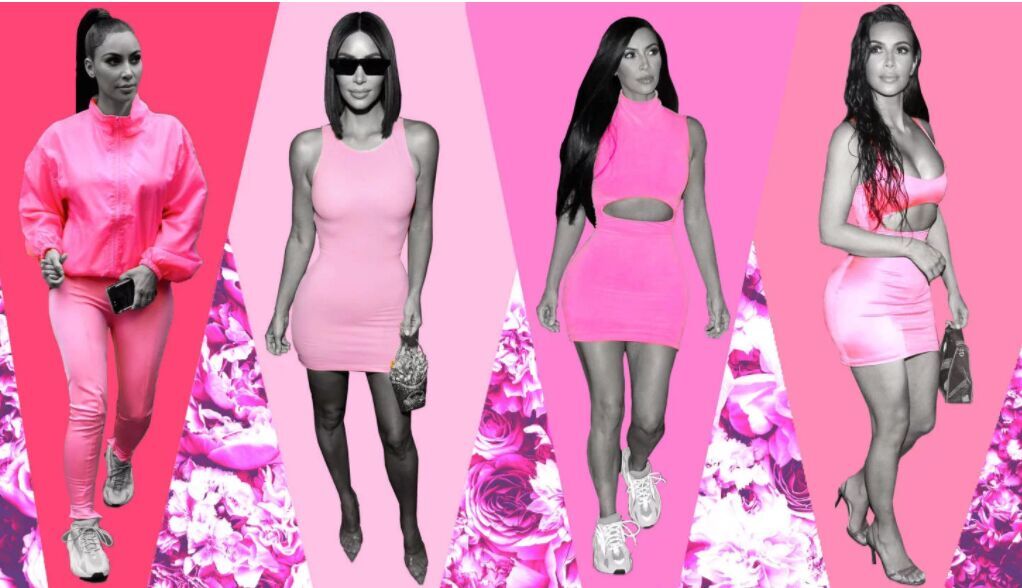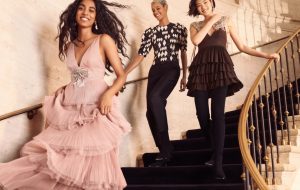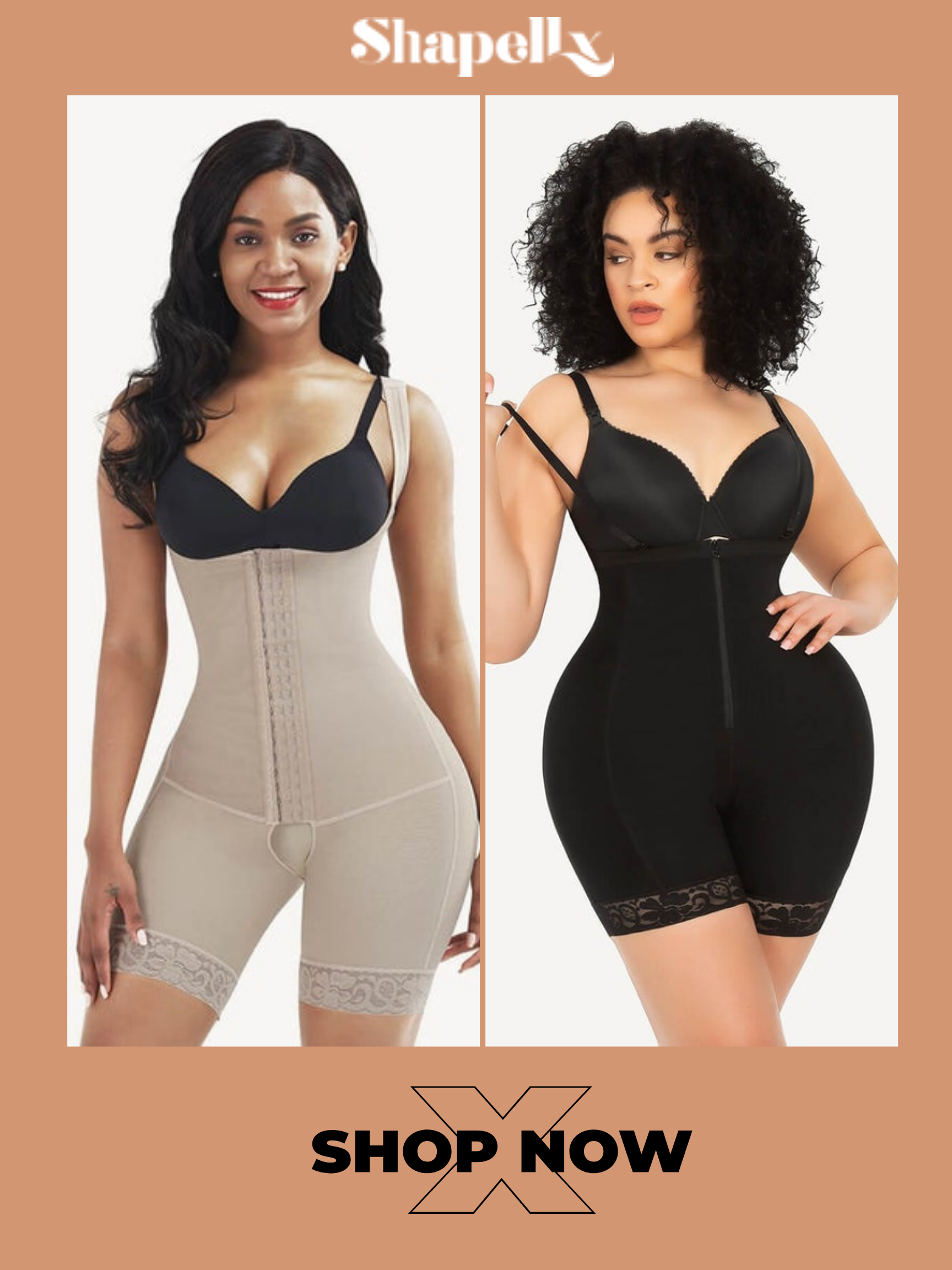 As the Daily Mail has usefully pointed out this week, “Kim Kardashian repeatedly wears pink from head to toe.” Since the beginning of August, Kardashian’s color has been “SIX times”, whether it is in Yeezy mini, $2,850. Balenciaga leggings, or Chanel single.
As the Daily Mail has usefully pointed out this week, “Kim Kardashian repeatedly wears pink from head to toe.” Since the beginning of August, Kardashian’s color has been “SIX times”, whether it is in Yeezy mini, $2,850. Balenciaga leggings, or Chanel single.
The tycoon doesn’t like pink very much, preferring to be a walking Barbie. The millennium pink separates the typical feminine tones from its gender influence, and the color of Kardashian pulls these attachments into a big, girlish hug.
Perhaps at the moment when the girl’s power is united with her sister, this week Khloe Kardashian wears her own color, matching it with a boxy suit jacket in an Instagram post.
They are not alone. In Rihanna’s Fall Fashion Week fashion show, she wore a model with a hot pink bra set. When model Mariana Zaragoza walks in London’s Matty Bovan, colorist Josh Wood dyes her fluffy color into a color. He called “Vogue” a “strong coral.” (This is pink, but ok.)
The millennium pink conveys the serene tones of Wes Anderson’s The Grand Budapest Hotel, exuding fresh, fresh and calm images. Although it shares a space with the pink color wheel, this change is great and unobtrusive. When my editor contemplates Slack, “I want to know that after the millennium pink, everyone is thinking: geez, this is boring. Let’s get a little hotter.”
FIT’s current exhibition museum curator Valerie Steele, pink: punk, beautiful, strong color history, talks to The Daily Beast about the complex reputation of pink. “Pink is not born to be feminine,” she said. “But for about 150 years, from the mid-19th century to the end of the 20th century, pink was mainly related to women.”
Then, Steele chats about the different descriptors of pink, and how each adjective is divided into two categories. There are innocent, saccharin connotations: baby, Barbie, bubble gum. Pink can also be from zero to sexy: hot, bordello, shocking.
“When you talk about tight-fitting, shiny pink clothes,” as seen on the global runway and jet Kardashian, Steele said, “You mean the genitals, tongue and mouth. Pink Part. “Before this year, perhaps no one is wearing a pair of pants that look like a labia in a music videotape to Janelle Monae to her single “PYNK”.
Pink is not always so aggressive, and like many women, this color has passed several lives and iterations. According to Steele, “Pink is not an important color for most of Western history. Many books about color don’t mention it.”
In the 18th century, a pale squid – OG Millennium pink – became popular among French aristocratic circles. “This is not gender-based,” Steele pointed out. “Fashion men and women, boys and girls wear it because it is considered fashion and fashion.”
It helped just discover a long-lasting Brazilian dye and started to be used in garment production. As the exhibition pointed out, it is reported that Louis XV’s mistress, Madame de Pompadour, favors this color, which adds to its appeal as a high-rise symbol.
In 1869, Louisa May Alcott published Little Women, the youngest sister Amy said, wearing a blue boy and pink The girl is “French fashion.” American families are never as chic as their French counterparts. They continue to wear babies in white and are always a symbol of purity.
Initially, the pink and blue debate was not an ethical stand, but a more marketing plan. “American manufacturers realize that by setting different colors for each gender, they can sell more,” Steele pointed out. “But they can’t fully understand which color is related to it.”






